Starting this week, two sites in L.A. County began receiving what is expected to be tons of household hazardous materials from the Palisades and Eaton fires.
“As you can appreciate things moved… very quickly with regards to the federal and state and local response,” said Steve Calanog, who is overseeing the work for the Environmental Protection Agency.
Lario Park, just north of Irwindale, is one of the sites for material in the Eaton Fire and is located on federal land owned by the Army Corps of Engineers and leased to L.A. County’s Department of Parks and Recreation.

Hazardous household material from the Palisades Fire will be taken to “a couple pieces of property that are managed by California State Parks, right at about the bottom of Topanga Canyon Road,” Calanog said.
The removal of the material is the first of two steps to clear properties destroyed by the fires. It's a process that is typical after such disasters, but elected officials around one of the sites are raising concerns about the materials’ presence near their constituents.
Surrounding cities are upset
The City of Duarte issued a statement on Monday saying it and the cities of Irwindale, Baldwin Park, and Azusa were not told that the hazardous material site would be so close.
“We were just never communicated with… and that's never good when I can't give my residents answers,” said Azusa’s mayor, Robert Gonzales.

The main concern, he said, is whether the hazardous material will seep into the ground water or rise into the air, and land on the roughly 140,000 people who live in the four cities.
Elected officials want guarantees that residents won’t be harmed. Calanog, the EPA official overseeing the site, said the harmful substances will be kept at bay. He also acknowledged the site came together quickly, and said EPA reps are now giving cities information.
Gonzales said he will participate in a town hall meeting 6 p.m. Wednesday at the Duarte Performing Arts Center at 1401 Highland Ave. The goal of the meeting is to give the public as much information as possible about the hazardous material site.
Does the EPA need permission to enter home to remove hazardous material?
The EPA calls its removal of dangerous household substances Phase 1. The removal of debris such as wood and roof material is Phase 2. EPA officials will enter properties in Phase 1.
The agency does not need permission from the homeowner to remove dangerous materials such as loose asbestos, propane tanks, pesticides, and standard and rechargeable batteries including lithium batteries.
Lithium batteries, the EPA said, should be considered extremely dangerous, even if they look intact. The agency warned the public that these batteries can spontaneously re-ignite, explode, and emit toxic gases and particulates even if fires are out.
The batteries can be found in everything from cars and home alarms to vaping devices.
What the EPA says
The agency says processing areas will be lined with plastic and spill control measures.
Other measures:
- Possible use of a water truck to keep hazardous dust from leaving the site.
- The site’s soil has been sampled and will be sampled again when work is done to make sure no negative impacts were created.
- Transportation of hazardous material will not be done on the 210 Freeway.
- Material will be shipped to a disposal facility, the location of which Calanog said hasn’t been decided.
How much hazardous material are we talking about?
The EPA carried out similar Phase 1 and Phase 2 work after the 2023 fires in Lahaina, Hawaii.
“It was about 30 tons of lithium ion battery waste, which came from, I believe it was about 200 electric vehicles and three or 400 Powerwalls,” said Calanog, who oversaw the EPA’s efforts in Lahaina.
It’s still not clear how much of this material will be collected from the L.A. fires, he said, but compared to Lahaina, the Palisades and Eaton fires burned a larger area and destroyed many more electric cars.







